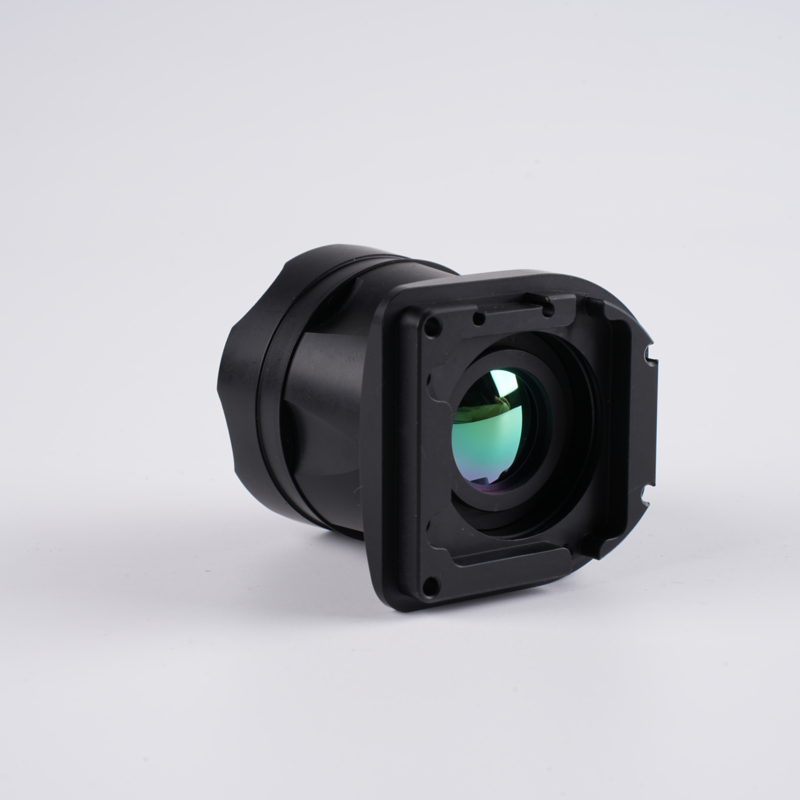Company News
Understanding the Importance of Infrared Lenses in Thermal Imaging
The Basics of Thermal Imaging

Thermal imaging has revolutionized various fields, such as security, firefighting, and industrial inspections, by enabling the visualization of heat radiating from objects and converting it into images. At the core of this technology lies the infrared lens, a critical component that plays a pivotal role in capturing precise and accurate thermal images.
How Infrared Lenses Work
Infrared lenses are designed to focus infrared radiation onto an infrared sensor, which then converts the radiation into an electrical signal. The lens's ability to capture and focus the infrared radiation determines the quality and resolution of the thermal image. These lenses are typically made using materials such as germanium, silicon, or chalcogenide glass that have excellent transmission properties in the infrared spectrum.
The Role of Precision in Thermal Imaging
The accuracy and precision of thermal imaging heavily rely on the quality and design of the infrared lenses used. A high-quality lens ensures that each pixel in the captured image represents a precise temperature measurement of the object being observed. Without precision in every pixel, the overall accuracy and reliability of the thermal image may be compromised.
Factors Affecting Precision
Several factors contribute to the precision of infrared lenses in thermal imaging:
Lens Coating: Special coatings applied to the lenses can reduce reflections and increase light transmission, resulting in improved image quality and clarity.
Aperture Size: The size of the lens aperture determines the amount of infrared radiation that enters, affecting the sensitivity and resolution of the thermal image.
Focal Length: The focal length of the lens determines the field of view and the ability to focus on specific areas of interest.
Modulation Transfer Function (MTF): MTF quantifies the lens's ability to accurately reproduce details, ensuring sharp and clear thermal images.
Focus Mechanism: A precise and reliable focus mechanism allows for easy adjustment and ensures that the lens captures an accurately focused image.
The Importance of Lens Calibration
Infrared lenses should be regularly calibrated to maintain their precision. Calibration ensures that the lens accurately measures temperature and eliminates any potential inaccuracies or distortions that may occur due to environmental factors or wear and tear. It is crucial to follow manufacturers' guidelines for calibration to achieve optimal performance.
The Future of Infrared Lenses
As technology continues to advance, the development of better infrared lenses is crucial for further enhancing the precision and accuracy of thermal imaging. Improvements in lens materials, coatings, and design will enable finer details and higher resolutions in thermal images, leading to more reliable and effective applications in various industries.
In conclusion, infrared lenses play a vital role in thermal imaging by ensuring precision in every pixel. The quality, design, and calibration of these lenses directly impact the accuracy and reliability of the thermal images produced. As technology progresses, the continuous improvement of infrared lenses will unlock new possibilities for thermal imaging, empowering industries with valuable insights and opening doors to innovative applications.
 English
English  German
German Japanese
Japanese Korean
Korean Vietnamese
Vietnamese French
French Spanish
Spanish भारत
भारत



